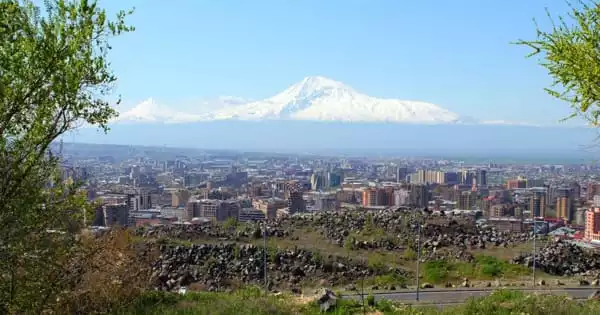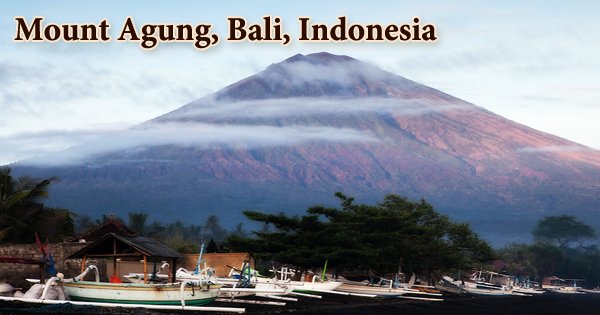On Earth, life can be found in every imaginable setting, from the highest mountain peaks to the most isolated island stretches, from sunlight surfaces to the deepest oceanic caverns. Yet, this intricate tapestry of existence isn’t spread uniformly.
For centuries, scientists have marveled at the extraordinary variety of species exhibited in tropical regions. The breathtaking biodiversity of the Amazon rainforest, the teeming life in Madagascar’s unique ecosystems, the species-rich cloud forests of Costa Rica the tropics showcase nature’s opulence.
What makes the tropics so incredibly diverse?
Since the beginning of biodiversity research, scientists have assumed that climate, or long-term trends in temperature, precipitation, and other meteorological conditions, are the main contributing factor.
Thinkers like Alexander von Humboldt set the stage in the early 19th century with their keen observations, highlighting how life-rich regions often shared certain climatic features. Today’s scientists are confident in their ability to link biodiversity and climate. Simply defined, locations that are hotter, wetter, and resource-rich are true cradles of life.
When compared to others, some climatic circumstances appear fragmented and resemble isolated islands amid diverse climatic conditions. This difference raises an intriguing question: Is an area’s biodiversity solely due to its climate? Or do the size and relative isolation of these climatic pockets influence the richness and abundance of species that thrive within them?
We are part of an international, interdisciplinary team interested in the puzzle of how the geography of climate and the global patterns of species diversity fit together. Geography of climate is a bigger part of the biodiversity picture than previously assumed, according to our study findings recently published in the journal Nature.
Unraveling the geography of climate
Researchers used to split the world into equal-sized grids and count the species in each square to analyze patterns in global biodiversity.
Our study diverged from conventional methods. Instead of focusing solely on specific geographical locations, we centered our attention on the unique climate profiles of regions. Essentially, we weren’t just looking at plots on Earth but every place that shared a particular set of climatic conditions. We then classified these conditions globally and meticulously counted the species birds, mammals, amphibians and reptiles that live within the boundaries of each climate.
Exploring the geography of these climates, looking at both their size and isolation, was a key component of our inquiry. Some climates are pervasive and typical, spanning enormous areas. Others are more fragmented, emerging as isolated pockets amid different climatic zones, reminiscent of islands in a vast ocean of other diverse climates. Consider tropical climates: They cover vast expanses cumulatively, despite being broken up into smaller, unconnected bits, even on different continents.
Our findings were illuminating. Climate, of course, was an important factor in how many species flourished in a location. But we were surprised to learn that the size and degree of isolation of all the occurrences of a certain climate can account for nearly a third of the difference in species diversity we discovered across the planet.
Biodiversity responds not just to the type of climate but its spatial distribution. We discovered that wider, more remote climates promote greater species variety in addition to the well-known effects of temperature and moisture. In addition, these vast, fragmented climates supported not just a larger variety of species but also a more unusual assemblage of species.
Our technique discovered new insights regarding the spatial peculiarities of climates by using yet going beyond existing methodologies. We discovered that the larger a climatic zone is, the more fragmented and scattered it tends to be across the landscape.
Isolation spurs diversity
Tropical climates have traditionally been viewed by scientists as coherent stretches that act as barriers between the many extra-tropical climates found at the poles of our globe. Our analysis confirmed that cooler extra-tropical climates are relatively well connected across much of the planet.
Yet, our findings reveal a different narrative for the tropics: Tropical climates appear more as fragmented islands amid a sea of diverse climates, rather than expansive, interconnected realms. Our revelation underscores that tropical climates, while abundant, are dispersed and disjointed across the Earth’s surface.
To get a comparison, think about how remote valleys in hilly areas have their own dialects because of their isolation. Nature mirrors this: Species in isolated climatic niches evolve distinctly, creating a diverse and unique tableau of life.
The specter of climate change, however, casts a long shadow over these insights. If global warming continues at its current rate, once-vast climates may continue to disintegrate. Such changes can provide a problem for animals, forcing them to cross difficult terrain in search of adequate homes. If these once expansive climates recede, it could disrupt the entire balance of species interactions.
It goes beyond pure scholarship to comprehend how biodiversity and climate interact. It gives people guidance on how to preserve and value the varied symphony of life in our changing environment.
















